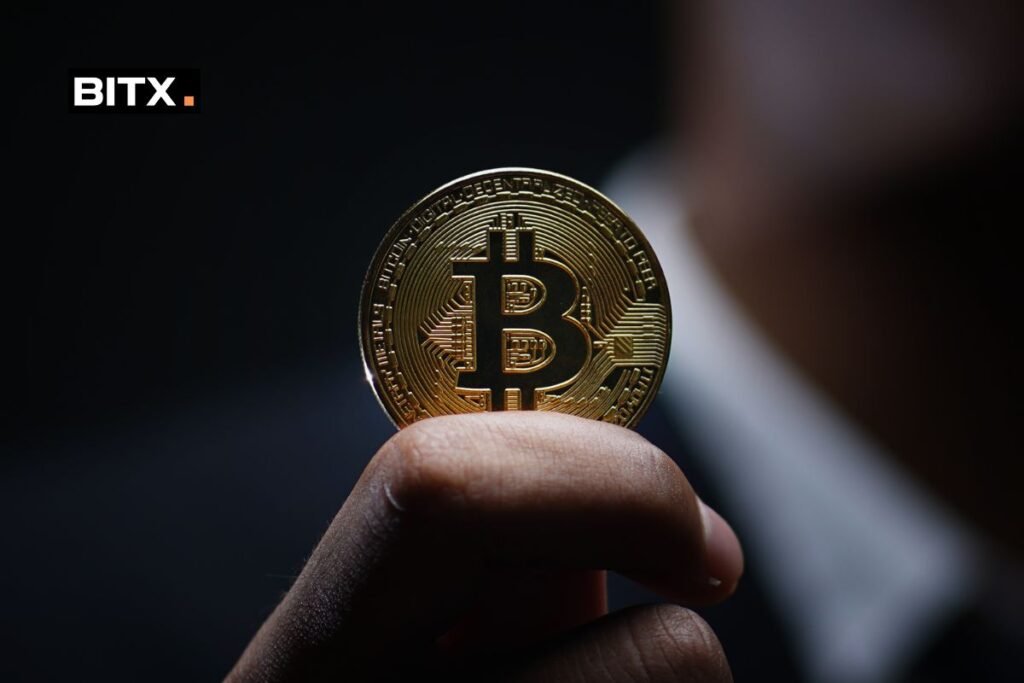Introduction
In recent years, Bitcoin and other cryptocurrencies have gained significant attention from both investors and novice traders alike. This digital currency, which was created in 2009 by an unknown person using the name Satoshi Nakamoto, offers a revolutionary way of transferring value over the internet without the need for intermediaries such as banks. This guide aims to introduce beginners to the world of Bitcoin trading and help them navigate the complex landscape.
:first-header: Understanding Bitcoin
Bitcoin is a decentralized digital currency, without a central bank or single administrator. It is based on blockchain technology, a secure and transparent public ledger that records all transactions. Each Bitcoin can be divided into smaller units known as satoshis.
:first-header: Getting Started
Before diving into Bitcoin trading, it’s crucial to have a few essentials:
-
Wallet: A Bitcoin wallet is a secure digital vault to store, send, and receive Bitcoins.
-
Exchange: An exchange is where you buy or sell Bitcoins for traditional currencies, such as U.S. dollars or Euros.
- Knowledge: A basic understanding of the Bitcoin market, economy, trends, and technical analysis is beneficial for making informed trades.
:first-header: Setting up a Bitcoin Wallet
Wallets come in various forms, with three main types: software wallets, hardware wallets, and paper wallets.
-
Software wallets are digital wallets stored on your computer or mobile device. An example of a user-friendly software wallet is Electrum.
-
Hardware wallets offer maximum security by storing your private keys offline. Examples include Ledger Nano S and Trezor.
- Paper wallets store your private keys on a physical piece of paper. While secure, they require safekeeping and are less user-friendly compared to software and hardware wallets.
:first-header: Acquiring Bitcoins
There are different ways to buy Bitcoin, including:
-
Exchanges: Buy Bitcoin directly from exchanges like Coinbase, Binance, or Kraken.
-
Peer-to-peer platforms: Websites such as LocalBitcoins connect buyers with sellers to complete transactions privately.
- ATMs: Some cities have Bitcoin ATMs where you can purchase Bitcoin with cash.
:first-header: Reading and Understanding Price Charts
Reading price charts is crucial for understanding the Bitcoin market. Some common tools to familiarize yourself with include:
-
Candlestick charts: Show the open, high, low, and close prices for Bitcoin over a specified timeframe.
-
Support and resistance levels: Key price levels where the price tends to halt or reverse.
- Trendlines: Lines connecting multiple related price points to identify the overall direction of a market trend.
:first-header: Making Your First Bitcoin Trade
Here’s a step-by-step process for making your first Bitcoin trade:
-
Familiarize yourself with the exchange: Understand the platform’s interface and navigation.
-
Deposit funds: Transfer funds from your bank account or another digital wallet to your exchange account.
-
Buy your first Bitcoin: Once your deposit has cleared, you’re ready to buy your first Bitcoin.
-
Store your Bitcoin securely: Securely store your Bitcoin in a wallet where only you have control over your funds.
- Monitor your investment: Keep track of the market, follow Bitcoin news, and stay updated on your portfolio’s performance.
:first-header: Safety and Security
Ensuring the safety and security of your funds is paramount when trading Bitcoin.
-
Store your private keys securely: Private keys grant control over your Bitcoin, so it’s essential to store them safely, whether on a hardware wallet, paper wallet, or secure software wallet.
-
Get a wallet recovery phrase: Most wallets generate a 12-24 word recovery phrase that can be used to restore your wallet in case it gets lost or damaged.
- Enable two-factor authentication (2FA): Add an extra layer of security to your accounts by enabling 2FA.
:first-header: Conclusion
Navigating the world of Bitcoin trading can be intimidating for beginners, but with patience, knowledge, and a secure setup, anyone can participate in the Bitcoin economy. As with any investment, it’s essential to do your research, manage your risk, and stay informed about the ever-evolving Bitcoin landscape. Happy trading!
